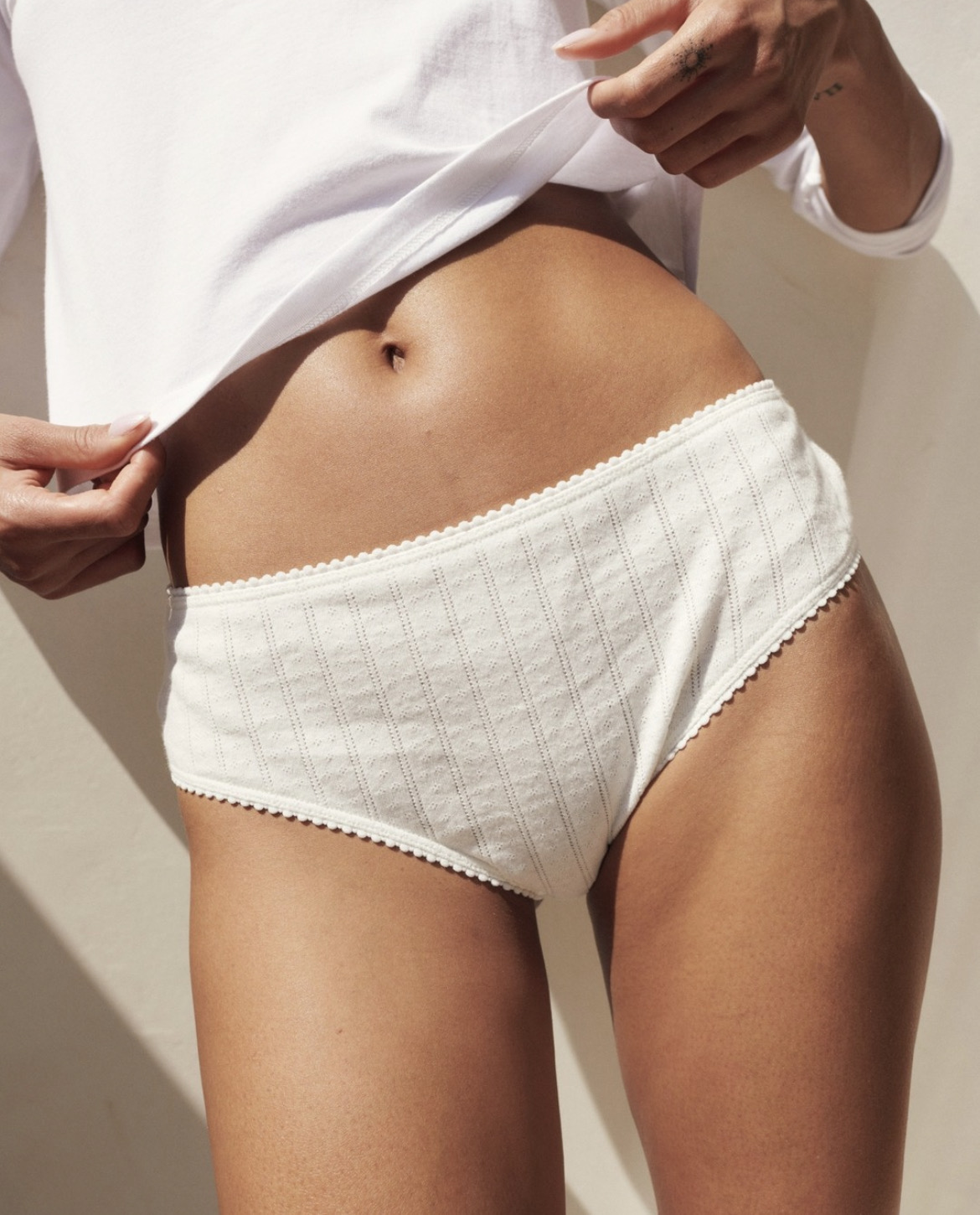Botox, often hailed as the secret weapon against the inevitable signs of aging, has taken the world by storm. While most people primarily associate it with facial rejuvenation and the eradication of fine lines, its utility extends far beyond mere cosmetic enhancement. Scientists and doctors have delved deep into the potential of this wonder drug, unearthing a slew of therapeutic benefits that promise relief from certain health issues that plague many women. This article sheds light on some lesser-known wonders of Botox, showcasing its prowess not just in the realm of beauty but in medical therapy as well.
Snapshot Survey
Thanks for sharing your thoughts!
Please subscribe for your personalized newsletter:
Successfully subscribed!
Thank you for subscribing! Check your inbox for personalized content.
1. Botox as a Migraine Minimizer

Migraines can be debilitating, and for countless women, conventional treatments often fall short. Enter Botox: The FDA approved its use as a preventative treatment for chronic migraines in 2010. Administered once every three months via multiple injections around the head and neck, Botox works to reduce the number of headache days for chronic migraine sufferers. The exact mechanism remains a topic of research, but it's believed that Botox blocks neurotransmitters that carry pain signals, thus reducing the frequency and severity of migraines.
2. Combating Excessive Sweating with Botox

Hyperhidrosis, or excessive sweating, is a condition that can cause significant distress. Botox offers a beacon of hope for those struggling with this ailment. The toxin can be injected into areas such as the armpits to temporarily block the chemical signals from the nerves that stimulate sweat glands. As a result, sweating in the treated areas is significantly reduced, and many women find relief from the social and emotional discomfort that comes with hyperhidrosis. The effects typically last for several months, making Botox a sought-after solution for those seeking a reprieve from excessive sweating.
3. Overactive Bladder? Botox to the Rescue

An overactive bladder, or OAB, significantly impacts a woman’s daily life, affecting her confidence and routines. Traditional treatments like pelvic floor exercises and medications sometimes fall short in providing relief. Enter Botox: typically known for cosmetic applications, it serves as an effective remedy in urology. When injected into the bladder muscle, Botox acts as a relaxant, reducing involuntary contractions and the urgent need to urinate. This not only provides temporary relief but extends its benefits for several months. Clinical studies confirm its efficacy; many women report a marked decrease in daily leakage episodes after treatment. While Botox is often celebrated for its cosmetic uses, therapeutic benefits like these underscore its versatile capabilities, proving its worth in both aesthetic and medical realms.
4. Botox's Role in Treating Depression

Recent studies have unveiled a fascinating link between Botox and mood enhancement. While the exact correlation is still under exploration, some researchers theorize that by inhibiting the ability to frown, Botox can send feedback to the brain that reduces the emotional experience of sadness. Clinical trials have shown promising results, with many participants reporting significant improvements in their depressive symptoms after receiving Botox injections. This could revolutionize the approach to mental health treatment, adding another dimension to the power of Botox.
What you choose to wear while working out can have a significant impact on your comfort and performance. One essential item is the sports bra. Lack of proper support can lead to discomfort and muscle tissue damage. Choosing a good sports bra can help prevent these problems and ensure a great workout!
5. Taming the Twitch: Botox for Muscle Spasms

Botox's origin in muscle relaxation has been effectively used in treating various conditions marked by muscle spasms. One of its early therapeutic uses was for the treatment of strabismus (crossed eyes) and blepharospasm (uncontrolled blinking). By injecting small amounts of Botox directly into overactive muscles, the muscle activity is reduced, granting patients relief from involuntary spasms. This treatment is not only effective for facial issues but also for limb spasticity, providing a potential solution for conditions like cerebral palsy or after-effects of stroke.
Gallery Spotlight
Save and share the images that inspire you. Tag @allwomenstalk to get featured.
Save
6. Refining the Jawline: Botox for Masseter Reduction

A broad or square jawline, often a result of hypertrophy of the masseter muscle, can be a point of contention for many women. While surgical intervention was previously the primary solution, Botox has emerged as a non-invasive alternative. By injecting Botox into the masseter muscle, it relaxes and shrinks over time, leading to a more V-shaped or tapered facial appearance. This not only offers aesthetic benefits but also helps alleviate symptoms in those who suffer from bruxism, a condition where one grinds or clenches their teeth excessively, causing the masseter to enlarge. This dual-action solution is becoming increasingly popular among women worldwide.
7. Smoothing the Lines of Communication: Botox for Voice Disorders

Vocal cord dysfunction can drastically affect a person's quality of life. Spasmodic dysphonia, a condition where the vocal cords involuntarily spasm, results in a voice that sounds broken or sprained. Traditional treatments have often been invasive or marginally effective. However, Botox has presented a game-changing solution. By injecting it directly into the affected vocal muscles, Botox can relax the cords, reducing spasms and offering patients a clearer, more stable voice. The results have been life-changing for many, restoring not just their voice but their confidence and ability to communicate.
The world of Botox is expanding, pushing boundaries far beyond its renowned cosmetic benefits. Its versatile therapeutic applications are transforming lives, offering solace to those grappling with issues ranging from severe migraines to voice disorders.
The popularity of aesthetics courses are growing rapidly. As medical professionals continue to harness the power of aesthetics techniques, we're reminded of the importance of looking beyond surface-level applications. Botox stands as a testament to the wonders of medical science, proving that sometimes, beneath layers of popular perception lies a world of untapped potential. For countless women, Botox isn't just a tool for beauty; it's a key to a better quality of life.
Snapshot Survey
Thanks for sharing your thoughts!
Please subscribe for your personalized newsletter:
Successfully subscribed!
Thank you for subscribing! Check your inbox for personalized content.
Comments

Don't Miss the Latest Version
Get the latest stories, save favorites, and share with friends — all in one place.
Create your profile. Earn badges. Level up your reading.
Join Allwomenstalk to track your streaks, collect badges, and earn XP for the things you already do—reading, sharing, and taking quizzes.
- 🔥Daily streaks with gentle boosts for 3, 7, and 30 days.
- 🏅Collect badges like Reader I–III, Socialite, and Quiz Ace.
- ⚡️Earn XP for reads, deep reads, likes, comments, and shares.
It’s free. Takes 30 seconds. Already have an account? Sign in.



